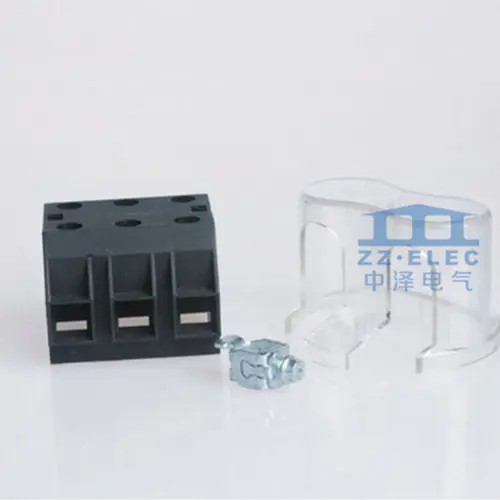Capacitors are mostly used in circuits for filtering, blocking direct current, coupling AC, bypassing AC, and forming an oscillating circuit with inductive components, and are also one of the most commonly used components in circuits. Capacitors can be divided into non-polar and polar capacitors.

Electrolytic capacitors are the most used capacitors at present. They are small in size, with high voltage resistance, and are polar capacitors; the positive electrode is an oxide film formed on the surface of the metal sheet, and the negative electrode is a liquid, semi-liquid or gel-like electrolyte. . Because it is divided into positive and negative poles, it generally works in a DC state. If the polarity is reversed, the leakage current will increase sharply. In this case, the electrolytic capacitor will rapidly heat up and damage the capacitor or even cause an explosion. There are two common types: aluminum electrolysis and tantalum electrolysis. Aluminum electrolysis has an aluminum casing. Tantalum electrolysis uses no casing. Tantalum electrolysis is small and expensive. Electrolytic capacitors are mostly used in power circuits to filter power. Aluminum electrolysis adopts the negative label, which is a clear label at the negative end, usually a black or white strip from top to bottom, with a-mark printed on the strip. The lead of the newly purchased aluminum electrolysis positive electrode is longer than the negative lead. Tantalum electrolysis is marked with a positive electrode, and there is a black line on the positive electrode.
